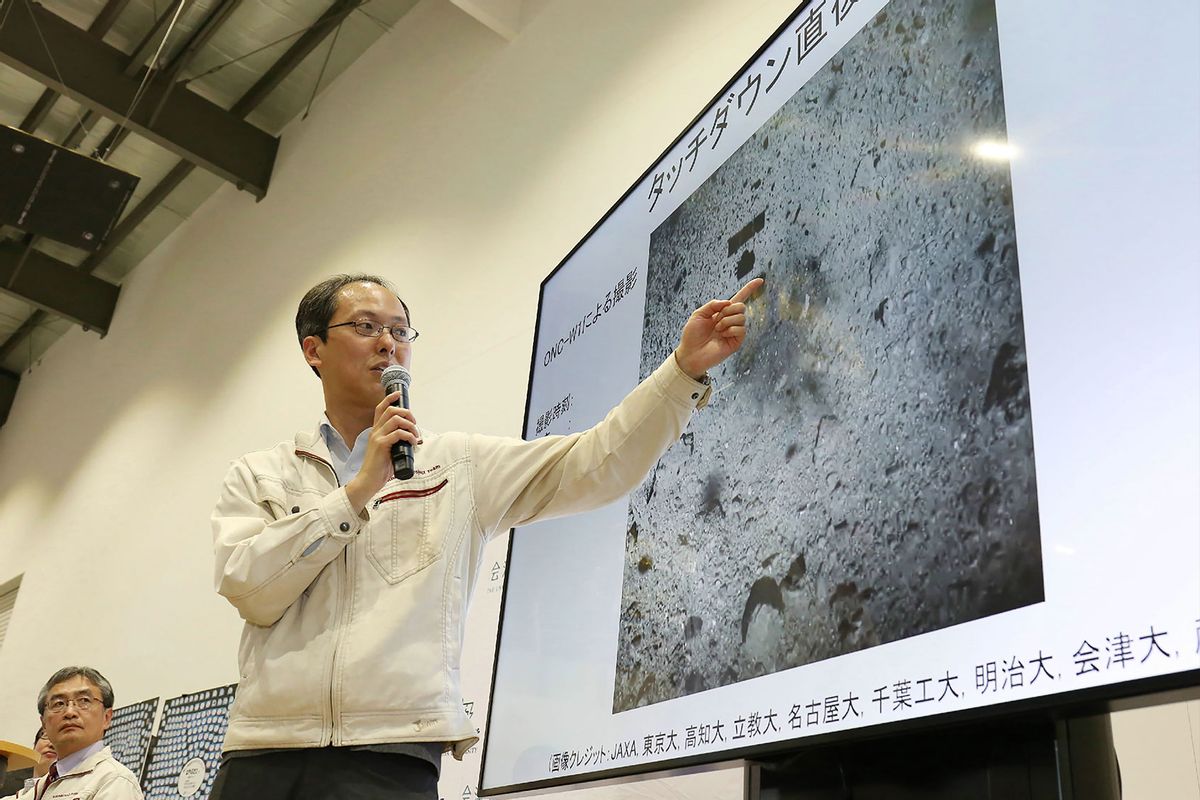Carbon is often referred to as "the bedrock of life" because the element appears in all known life forms. This is because the sixth entry on the periodic table has the unique ability to form the complex molecules needed to form so-called "organic" matter. As such, when scientists search for signs of life beyond Earth, one of the first things they do is search for organic compounds — that is, matter which has carbon and could therefore support life.
A recent study in the journal Science gives more insight into how life arose. After analyzing samples collected by the Japanese spacecraft Hayabusa2 from both the Ryugu asteroid and Murchison meteorite, researchers determined that it contained an organic compound known as polycyclic aromatic hydrocarbons, or PAHs. More intriguingly, they determined that some of the PAHs had nuclei which could only have been formed in temperatures under 100 kelvin, which is extremely cold.
The conclusion was clear: These PAHs had to have been formed in the cold regions of space between stars, rather than in the hot regions close to the stars, challenging previously held assumptions about where these ingredients came from. This discovery has potentially profound implications for scientists invested in learning about the origins of life.
“This research gives us valuable insights into how organic compounds form beyond Earth and where they come from in space,” study co-author Dr. Alex Holman, who hails from the WA-Organic and Isotope Geochemistry Centre (WA-OIGC), told Astrobiology.com. “The use of high-tech methods and creative experiments has shown that select PAHs on asteroids can be formed in cold space.”

Shares